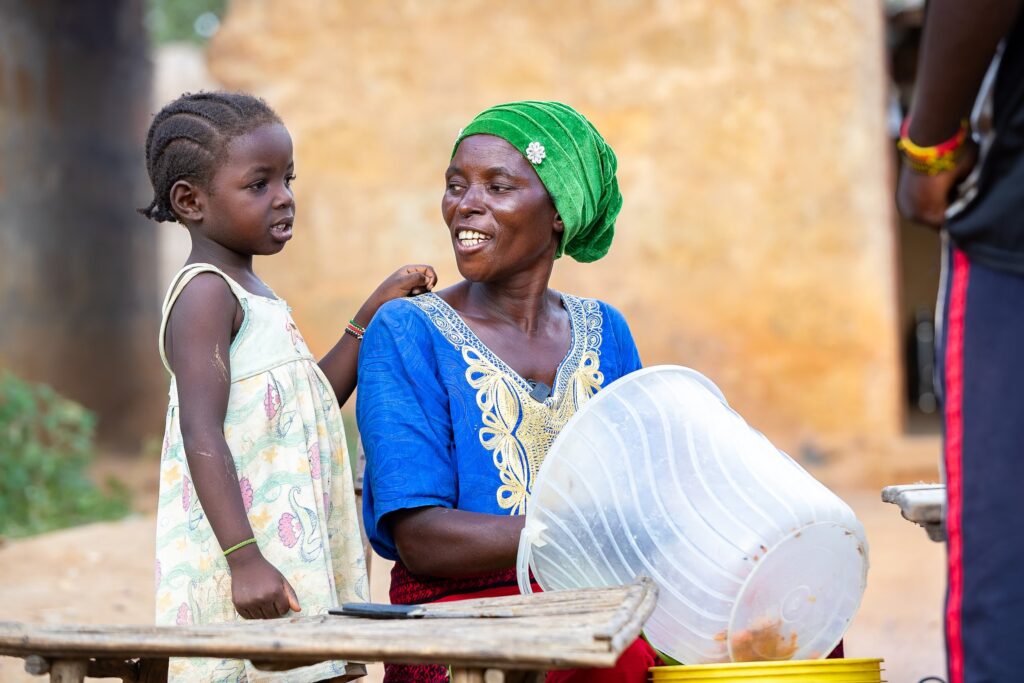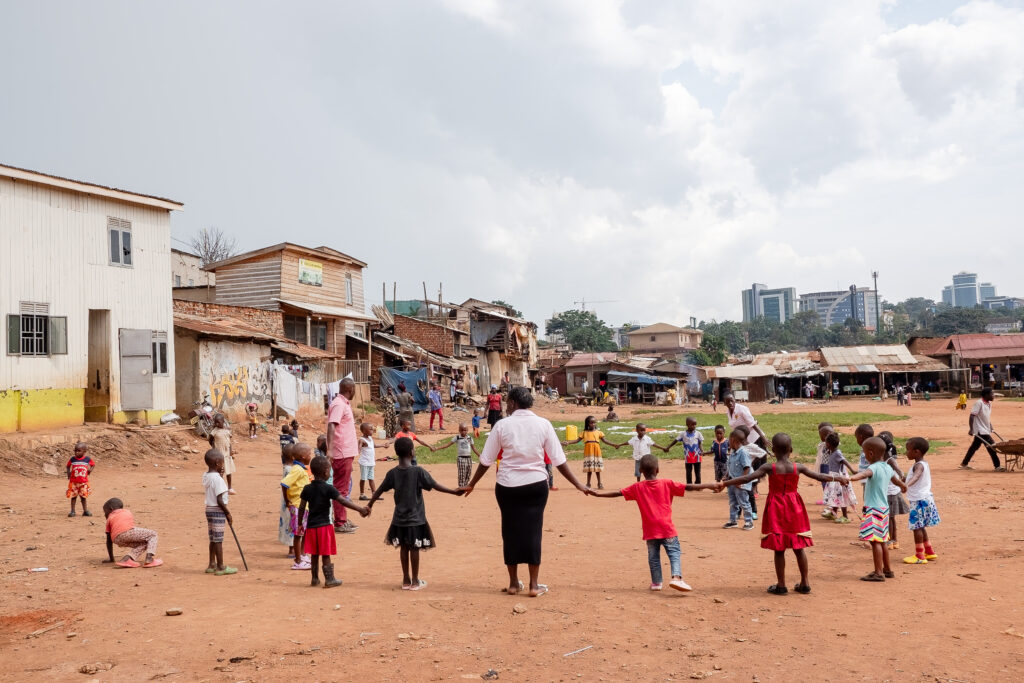Empathy is more than a feeling — it’s a force. A quiet, invisible force capable of changing lives, healing communities, and reshaping the future. While the world often celebrates grand gestures and large-scale interventions, it’s in the small, daily acts of empathy that true transformation begins. These acts don’t make headlines, but they make a difference — a lasting, powerful difference.
When we talk about solidarity and giving, it’s easy to imagine financial donations or large volunteer efforts. But empathy in action often starts in places far more personal and accessible: conversations, listening, checking in, offering support when no one’s looking. These human interactions form the emotional infrastructure of a compassionate society.
Let’s start with the core idea: every act of care ripples outward. A neighbor who brings groceries to an elderly resident during a storm; a teacher who stays after class to encourage a struggling student; a stranger who notices someone in distress and offers help. These are small gestures on the surface, but for the person on the receiving end, they can be monumental. Often, it’s not the material value of the act that matters, but the message behind it: you matter, I see you, I care.
Empathy builds bridges where systems fall short. We live in a world that is structurally unequal. Institutions, laws, and policies don’t always protect the most vulnerable. In these gaps, empathy becomes resistance. It steps in where bureaucracy lags. It fills the emotional and practical voids left by slow or unfair systems.
One of the most beautiful expressions of empathy is mutual aid. Unlike traditional charity, which often creates a power dynamic between giver and receiver, mutual aid is about solidarity, not saviorism. It’s people helping people, from a place of shared humanity, not pity. Whether it’s neighbors pooling resources during a blackout or strangers organizing food drives for underpaid workers, these movements prove that grassroots action can outpace institutions in responsiveness and effectiveness.
Empathy is also inclusive. It doesn’t ask for credentials, legal status, or proof of worth. It assumes that everyone deserves dignity and care, regardless of what they’ve done or what they have. It is an antidote to the judgmental frameworks often seen in traditional aid models, which sometimes prioritize the “deserving poor” and leave others behind.
Technology has created new ways to express and scale empathy. Social media has connected people around the globe in moments of grief, joy, protest, and support. During the pandemic, for example, countless crowdfunding campaigns emerged to help families afford hospital bills, rent, or funeral costs. Strangers from different cities and countries donated, left words of encouragement, and shared stories. Empathy moved through screens, clicks, and shares — intangible, yet deeply real.
But technology alone doesn’t create empathy. It amplifies what’s already there. Which is why cultivating empathy offline remains essential. In schools, empathy can be taught — not as a subject, but as a value. Through storytelling, group discussions, and community projects, children can learn to imagine the lives of others and care about them. In families, empathy grows when parents model kindness, respect, and active listening. In workplaces, it thrives in cultures that value emotional intelligence over productivity metrics.

A common misconception is that empathy is soft or naive. In reality, it’s courageous. To be empathetic is to be vulnerable. It’s to let another person’s reality enter your own, even when it’s painful, confusing, or uncomfortable. It requires emotional stamina. It demands attention in a world that rewards distraction.
One small gesture that has profound impact is simply listening. Not waiting to speak, not offering advice, not trying to fix — just being present. Listening is a radical act in a culture of noise. It communicates worth and value in ways that even grand actions can’t. And it’s something everyone can do, regardless of income, education, or location.
Another overlooked gesture is acknowledgment. So many people go through life feeling invisible — street cleaners, caregivers, refugees, people in mental health crises. A smile, a greeting, a genuine “how are you?” can crack the shell of isolation that surrounds them. It doesn’t solve structural problems, but it reminds them they’re part of the human circle. Sometimes, that reminder is enough to keep going.
Empathy also means checking our assumptions. It’s easy to look at someone asking for help and judge them: “Why don’t they just get a job?” “Why are they spending money on that?” But empathy says: I don’t know the whole story, and I don’t need to. What I can do is respond with compassion, not criticism. Empathy chooses connection over control.
There’s a ripple effect in empathetic behavior. When someone is treated with care, they’re more likely to treat others the same. It becomes a chain reaction. Countless studies in behavioral science show that generosity and kindness are contagious. In one experiment, when participants received a small favor, they were more likely to help others — even strangers — within hours. Imagine this multiplied across a city, a nation, the world.
Empathy also fuels activism. Many of the greatest social movements in history were rooted not in ideology, but in deep, personal empathy. The civil rights movement, indigenous land rights struggles, the fight for LGBTQ+ equality — all began because someone said, “I feel your pain, and I won’t look away.” Activism, at its core, is empathy in motion.
Empathy isn’t perfect. It can be selective, biased, and emotionally overwhelming. That’s why it needs to be paired with awareness and boundaries. For example, too much exposure to suffering can cause compassion fatigue. That’s why self-care isn’t selfish — it’s strategic. You can’t pour from an empty cup. Taking time to rest, reflect, and process emotions helps sustain empathy in the long run.
The magic of small gestures is that they require no permission, no budget, no infrastructure. They can happen anywhere: in an elevator, at a traffic light, on a video call, in a classroom. And they are scalable. One person helps another, and that person helps two more. Over time, this creates a fabric of care that no government or corporation can replicate.
If you’re wondering how to practice empathy more often, start with proximity. Who around you is struggling, but quiet about it? Who seems left out in conversations, ignored in meetings, or excluded from social groups? What assumptions are you making about others’ experiences? How often do you ask, “What would this look like if I were in their place?”
Practicing empathy doesn’t mean fixing everyone’s problems. It means showing up — consistently, humbly, and with a willingness to learn. It means recognizing your privilege, owning your blind spots, and choosing curiosity over certainty.
Organizations that embed empathy into their culture tend to have stronger relationships with the communities they serve. They co-create solutions, rather than imposing them. They listen first, act second. They’re open to criticism, transparent about mistakes, and flexible in their approaches.
Empathy can be slow. It doesn’t always have immediate outcomes. But over time, it creates the soil in which trust, collaboration, and resilience grow. And in a world full of division and urgency, that kind of slow power is revolutionary.
Let’s not underestimate the cumulative power of small gestures. History may remember the big names and big moments, but everyday kindness is what sustains the human experience. When someone holds the elevator, pays for a stranger’s coffee, or gives up their seat on a crowded bus, they are participating in a quiet revolution — one act of care at a time.
So the next time you wonder how to make a difference, don’t wait for the perfect opportunity. Look around. Listen. Smile. Ask. Hold space. Offer what you can — even if it’s just your presence. Because in the long run, empathy isn’t a luxury or a soft skill. It’s a foundation. And without it, no donation, no campaign, no policy will ever be enough.



